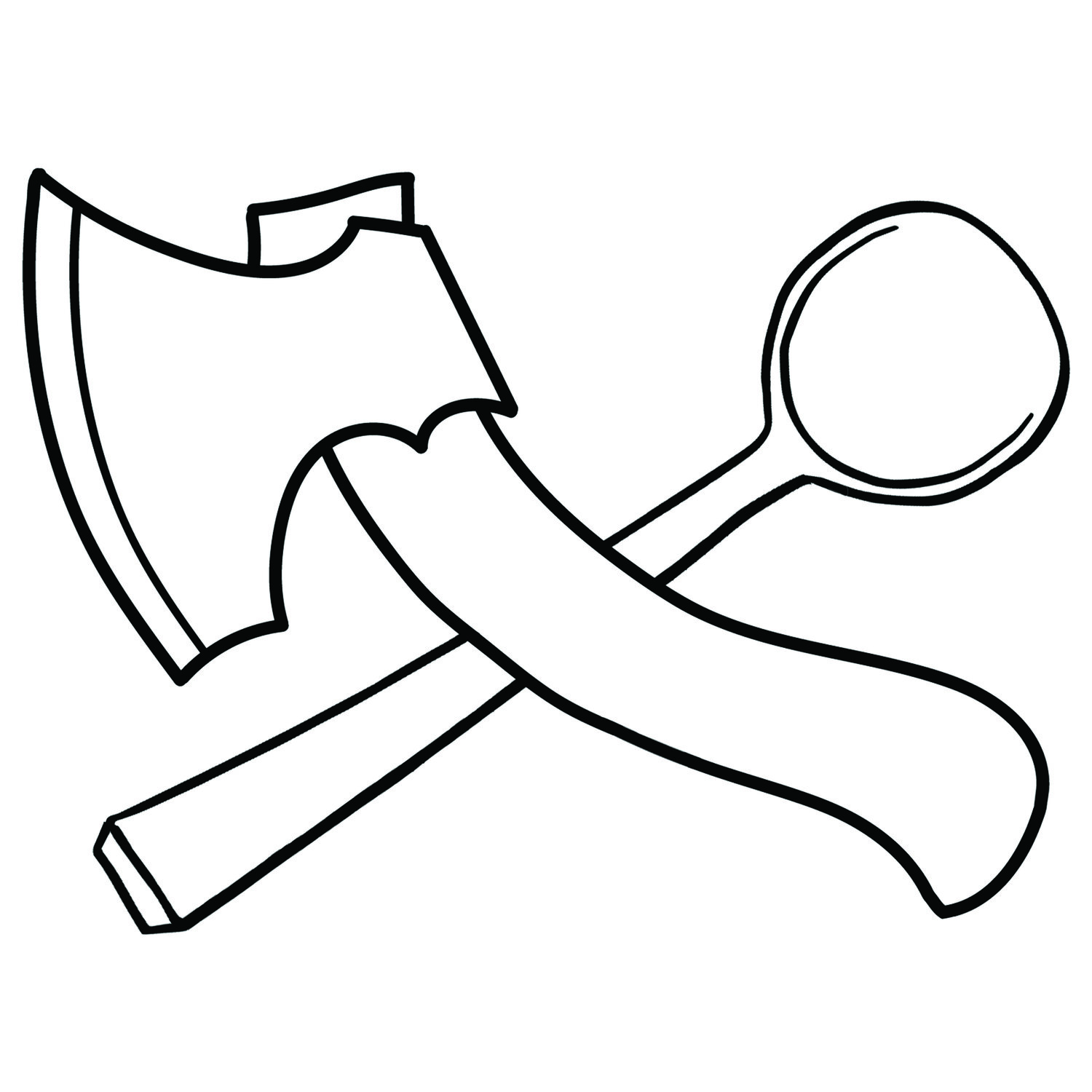How Often To Sharpen
The honest answer is I sharpen when the tool is needs sharpening. Depending on the kind of wood you’re working with and how aggressive the cuts are will change how frequently I need to sharpen. I could spend hours performing delicate finishing cuts on relatively soft woods before edges need touching up. Or just a few minutes of rough cuts in a dense wood could lead to a sharpening session.
With experience, in regards to both tools and materials, you’ll be able to notice when your tools need sharpening. At some point the tool won’t feel as though it’s cutting like it used to. It’s worth trying to develop this awareness. The sooner you retouch an edge, the less work you need to do restoring it to sharpness. Catch it soon enough and just stropping will be enough to put a razor’s edge back on your tool. No need to mess about with stones or other abrasives. You also don’t want to blindly sharpen tools if they don’t need it. Sharpening removes steel, so pointlessly removing steel will eventually leave you without a knife sooner than necessary. It’s best to sharpen often with grits that removes the least material.
This article is going to help you understand when it’s time to sharpen by exploring the three kinds of bluntness: Blunt, Damaged, and Reprofiled.
Blunt
You’ve been using your tool for too long without sharpening it and the tool no longer has an edge fine enough for woodworking. The two bevels don’t meet at a point. Now they’re joined together by a third plane.
Sharp vs blunt edge
You’ve noticed that it’s taking more effort to perform cuts, the tool is more likely to ‘chatter’, skipping across the surface instead of biting. The tool is unlikely to be able to cleanly slice through paper without catching and tearing it. Notice it early, when you first start to feel cuts requiring more effort and the edge can be restored just by stropping. Keep powering on with a blunt tool (dangerous, as you’re now putting more force behind each cut and a dull woodworking tool is often still sharp enough to break the skin) and you’ll need to spend more time sharpening.
Damaged
The tool is cutting fine but leaving behind what appear to be scratches. Somehow the edge has chipped and those ‘scratches’ are actually raised lines where material hasn’t been removed. These chips can occur from microscopic imperfections in the steel, hitting debris on or in the wood (one reason why it’s a good idea to remove bark before carving) or even from knots in the wood. I sometimes feel for them by very gently running the edge of my thumbnail down the tool’s edge. It’s a good idea to know where they are so you can concentrate your sharpening efforts on that area.
Chipped blade
Another common form of damage is a rolled edge. If just a small section of the blade is blunt, this might be the issue. Looking straight down on the edge the rolled section will reflect light, while the clean sections of edge won’t. You can also feel for it in the same way you feel for a burr while sharpening. Gently flick your fingernail off the bevel, if it catches as it leaves the edge, there’s the rolled section. If the edge is rolling frequently it could be a problem with the hardness of the steel. It could also be due to the having too fine a bevel angle. Either the tool came with it, or through repeated sharpenings you’ve changed it. Which brings us to the third kind of blunt.
Reprofiled
So you’ve been a good little sloyder and regularly strop your tools. Every time they start to lose their bite, you spend a couple of minutes stropping. But now you’ve having a hard time guiding your cuts. The knife doesn’t bite into the wood, the axe keeps glancing off the surface. These tools pass the paper slice test and perhaps can even shave hairs. How is this blunt then?
Convexed profile lifts edge away from wood surface
Stropping, especially with a soft material like leather, will eventually turn a flat grind into a convex. The bevels still meet in a sharp edge, but there’s a ‘shoulder’ of steel that raises the edge away from the wood surface. Now you have to flatten the bevel with stones or sandpaper. Technically the tool is still sharp, but you’re reprofiled the bevel from flat to convex.
As mentioned above, if your edge is picking up damage more quickly than previously you might have reprofiled the tool in a different way.
Changing the bevel to a more acute angle will lead to a weaker edge. This happens when the tool is sharpened without starting with the edge in contact with the stone or sandpaper, instead other end of the bevel is lowered. Restoring the more obtuse angle is difficult to do by hand, so it’s best to avoid getting yourself into this situation in the first place!
To learn how to sharpen, check out my instructional video.
If you enjoy the content of this site and find it to be useful, help me to be able to spend more time on similar articles by becoming a Patreon.



